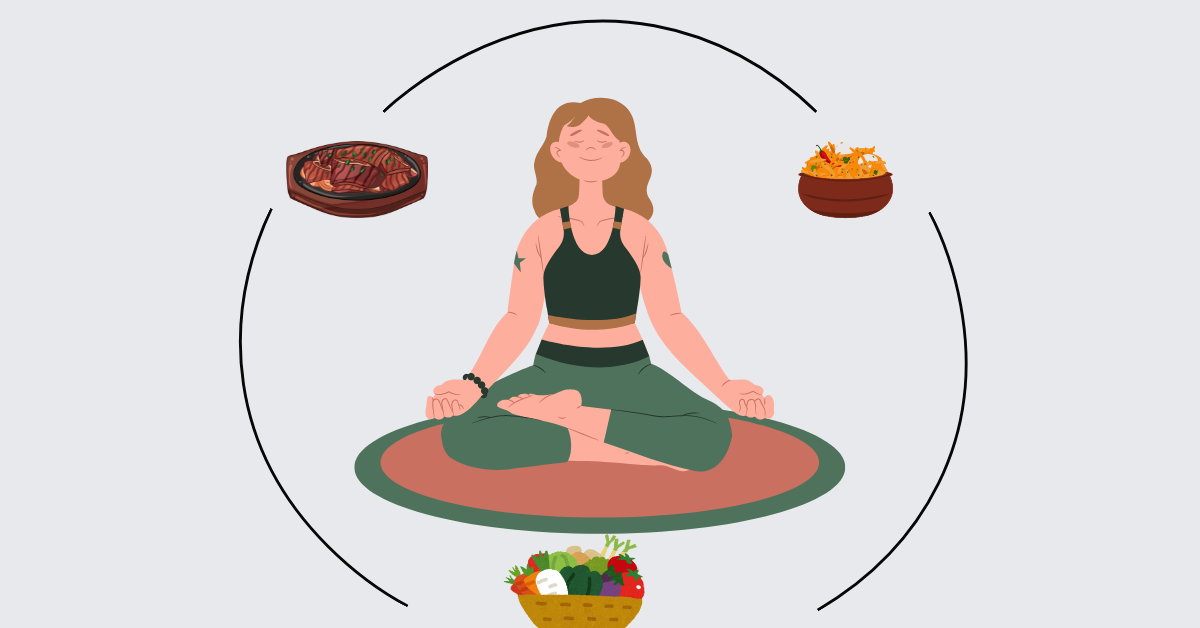
Carb cycling has become a trendy diet, especially among women aiming to manage their weight and boost fitness performance. But what is carb cycling, and why is it so popular? This ultimate guide will explain everything you need to know about carb cycling for women.
Understanding Carbohydrates
Types of Carbohydrates
Carbohydrates, or carbs, come in three main types: sugars, starches, and fiber. Sugars are simple carbs found in fruits, vegetables, and dairy products. Starches are complex carbs found in grains, legumes, and some vegetables. Fiber, another complex carb, is found in fruits, vegetables, and whole grains.
Importance of Carbohydrates in the Diet
Carbs are a primary energy source for our bodies and brains. They help maintain blood sugar levels and provide the necessary energy for physical activities. However, not all carbs are equal, and the type and timing of carb consumption can significantly impact your health and fitness goals.
What is Carb Cycling?
Carb cycling involves varying your carbohydrate intake on different days or weeks. The idea is to optimize the benefits of carbs on high-carb days while minimizing their potential downsides on low-carb days.
How Carb Cycling Works
The basic idea is to align your carb intake with your activity level. On intense workout days, you consume more carbs to fuel your body and aid recovery. You reduce your carb intake on rest or light activity days to promote fat burning.
Benefits of Carb Cycling for Women
Weight Management
Carb cycling can help women manage their weight by promoting fat-burning on low-carb days and preserving muscle on high-carb days.
Hormonal Balance
Carbs play a crucial role in regulating hormones like insulin and leptin. Proper carb cycling for women can help maintain hormonal balance, which is especially important for women.
Improved Energy Levels
By aligning carb intake with activity levels, women can experience better energy throughout the day, avoiding energy crashes.
Enhanced Workout Performance
Consuming more carbs on workout days can improve performance and recovery, making workouts more effective.
How to Start Carb Cycling
Assessing Your Goals
Before starting carb cycling, identify your goals.
Planning Your Carb Cycling Schedule
A typical carb cycling for women schedule might include high-carb days, low-carb days, and moderate-carb days. Start by determining how many of each type of day you need based on your goals and activity levels.
Types of Carb Cycling Plans
Basic Carb Cycling
Basic carb cycling for women involves alternating between high-carb and low-carb days. This approach is simple and effective for most beginners.
Advanced Carb Cycling
Advanced carb cycling for women might include multiple levels of carb intake, such as high, medium, and low-carb days, tailored to specific training phases or goals.
Daily vs. Weekly Carb Cycling
Daily Carb Cycling Overview
Daily carb cycling adjusts carb intake every day based on specific activities planned. This method requires more frequent adjustments but can be very effective.
Weekly Carb Cycling Overview
Weekly carb cycling involves set days within a week dedicated to high, medium, and low-carb intake. This approach is easier to plan and can still be highly effective.
Which One is Better?
Choosing between daily and weekly carb cycling depends on personal preference, lifestyle, and specific goals. Both methods have their benefits and can be tailored to individual needs.
Foods to Include in Carb Cycling
High-Carb Day Foods
On high-carb days, focus on nutrient-dense carbs like whole grains, fruits, vegetables, and legumes.
Low-Carb Day Foods
On low-carb days, emphasize protein and healthy fats. Foods like lean meats, fish, eggs, nuts, seeds, and leafy greens should be staples in your diet.
Meal Planning and Prep for Carb Cycling
Sample Meal Plan for High-Carb Days
- Breakfast: Oatmeal with berries and a cross of twisted eggs
- Lunch: Quinoa salad with chicken, avocado, and mixed vegetables
- Dinner: Solid salmon with sweet potato and steamed broccoli
- Snacks: Fruit smoothie, whole grain toast with almond butter
Sample Meal Plan for Low-Carb Days
- Breakfast: Greek yogurt with nuts and seeds
- Lunch: Spinach salad with grilled chicken, feta cheese, and olive oil dressing
- Dinner: Beef fry with church bell sprinkles and zucchini
- Snacks: Cheese sticks, hard-boiled eggs
Exercise and Carb Cycling
Best Workouts for High-Carb Days
High-carb days are ideal for intense workouts like weightlifting, HIIT (High-Intensity Interval Training), and endurance training. The extra carbs provide the energy needed for these demanding activities.
Best Workouts for Low-Carb Days
On low-carb days, opt for lighter activities such as yoga, pilates, or low-intensity cardio. These activities don’t require as much glycogen, making them perfect for days when your carb intake is lower.
Listening to Your Body
Signs of Effective Carb Cycling
Effective carb cycling should result in consistent energy levels, improved workout performance, and gradual progress toward your goals.
Adjusting Your Plan Based on Feedback
Pay attention to how your body responds to different carb cycling patterns. Adjust your plan if you notice any negative effects or if you do not see the desired results.
Carb Cycling for Different Goals
Carb Cycling for Weight Loss
For weight loss, focus on having more low-carb days to promote fat burning, while strategically placing high-carb days around intense workouts.
Carb Cycling for Muscle Gain
To gain muscle, ensure you’re consuming enough carbs on workout days to support muscle recovery and growth.
Carb Cycling for Maintenance
For maintenance, balance your high and low-carb days to keep your weight stable while supporting your activity levels.
Conclusion
Carb cycling is a versatile and effective dietary strategy to help women manage their weight, balance hormones, and enhance their workout performance. By understanding the basics, planning your meals, and listening to your body, you can tailor carb cycling to meet your specific needs and achieve your health and fitness goals.







